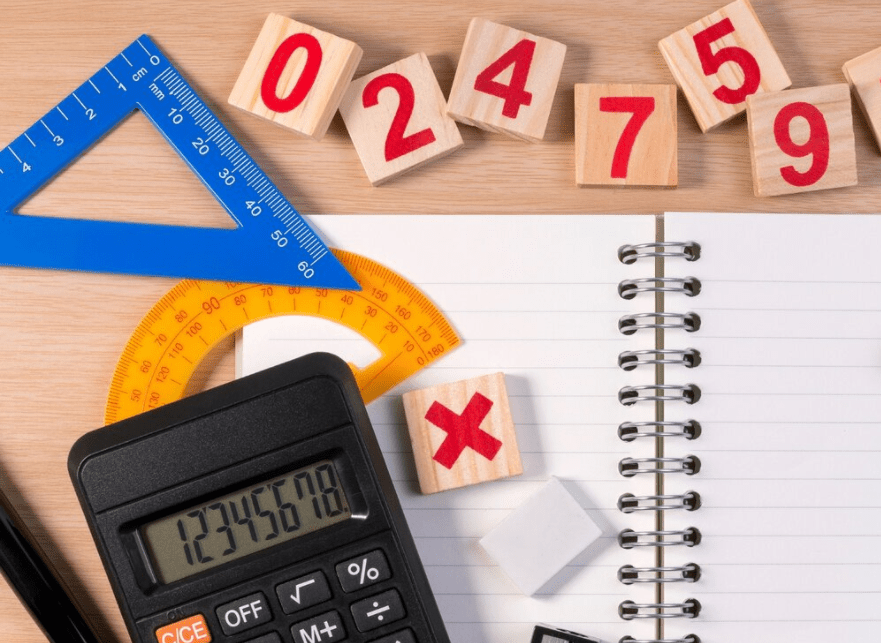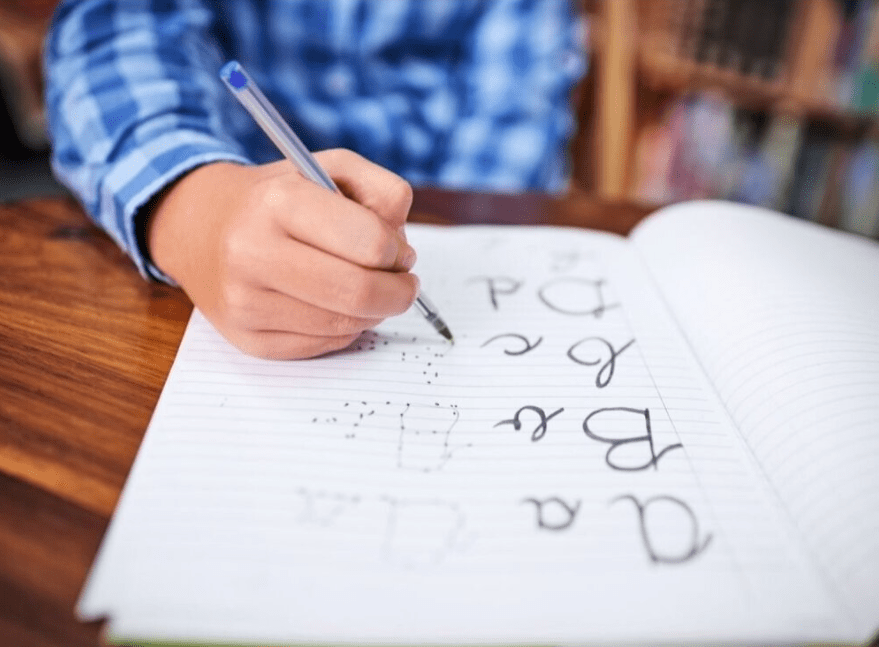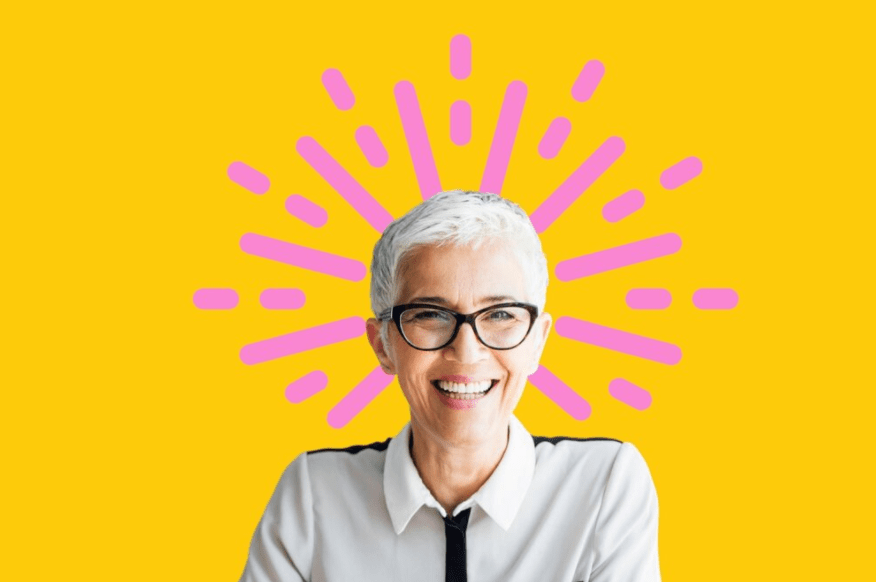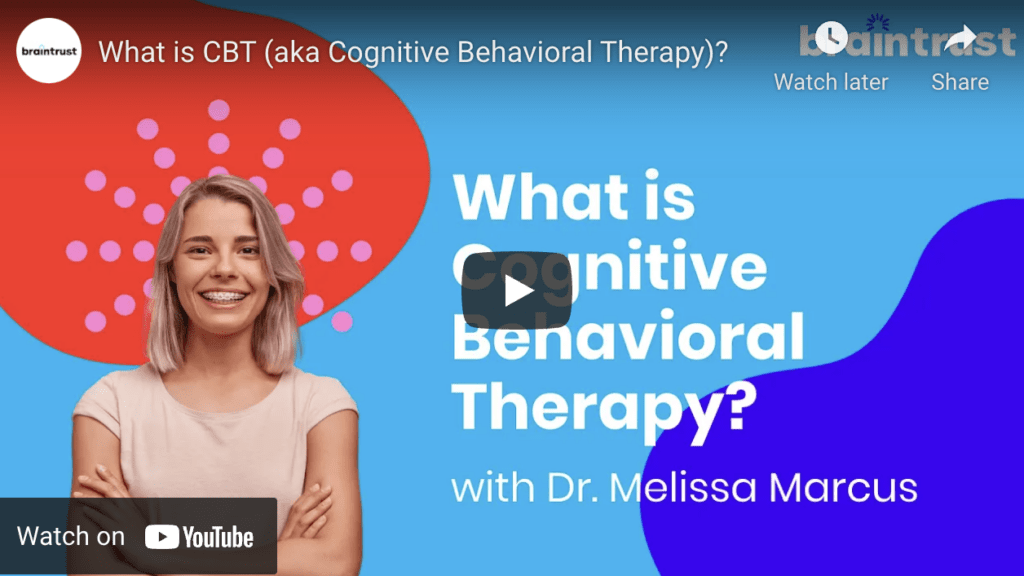
Chances are you know someone with ADHD (attention deficit hyperactivity disorder). With more than 6 million children diagnosed, just under 1-in-10 kids between the ages of 2 and 17 has ADHD. As one of the most common neurodevelopmental disorders of childhood, what was once a highly stigmatized diagnosis has become far more accepted by parents, children, and schools alike. While this has helped to pave the way for better treatment and support for kids with ADHD at home and in school, finding the right approach for each individual child is still a complex process. Braintrust CEO and Co-Founder, Mara Koffmann, sat down with child psychiatrist, Dr. Alan Ravitz, to learn more.
Key takeaways:
What causes ADHD?
There are likely genetic and environmental/cultural elements that cause ADHD. Often, children with ADHD also have parents who have it, and the symptoms of ADHD are frequently exacerbated by the demands and structure of the classroom and school day.
What are symptoms of ADHD?
Kids with ADHD don’t struggle with attention and focus in every environment or task. Rather, they are able to focus and engage really well with activities that are high interest, but they have a harder time with tasks that are less engaging.
Some children with ADHD may also struggle with hyperactivity and impulsivity.
Many kids with ADHD also have difficulty with executive function skills.
Why is ADHD diagnosed with so much more frequency?
People believe that ADHD is diagnosed with more frequency because doctors are more sensitive to signs of the disability, and the nature of the classroom experience (e.g. little play or hands-on engagement, lots of sitting and listening) exacerbates the symptoms of ADHD.
In addition, the stigma around ADHD is disappearing, so more families seek treatment and more teachers and schools recommend it.
What are the most effective treatments for ADHD?
For children younger than 5 or 6, medication is not recommended as an initial treatment option. Instead, parent and teacher training programs are used to help manage and modify behavior to create a more structured, positive, and supportive home and classroom experience for the child. However, these programs may not have a large specific impact on attention and focus.
For children older than 6, the most effective treatment for increasing a student’s ability to attend and focus is a combination of medication and parent training. The second most effective treatment is medication alone, and non-pharmacological treatments have been shown to be least effective for treating issues of attention, impulsivity, and hyperactivity.
Executive function skills training is an effective complement to medication for addressing issues related to organizational skills, time and task management, and planning.
Some families have positive experiences with neurofeedback treatments, but the research on the effectiveness of these interventions is largely inconclusive.
Yoga, meditation, and mindfulness are also recommended non-medical treatments, though they are shown to be less effective than medication for addressing issues of attention, impulsivity, and hyperactivity.
Which medications are most effective for treating ADHD, and what are their pros and cons?
Stimulants like Ritalin, Focalin, Concerta, Adderall, and Vyvanse all increase the concentration of dopamine in the central nervous system.
Pros: Fast acting with many options for for long or short-acting medication, or faster or more gentle onset and offset
Cons: Overmedication leads to hyper-focus, loss of emotional peripheral vision, robot-like behavior; decreased appetite (which usually goes away within a couple weeks); issues with sleep; feelings of anxiety; increase in ADHD symptoms as medication wears off; and tic disorders, although research on the relationship between tics and stimulants is complicated.
Non-stimulant Strattera is an norepinephrine reuptake inhibitors.
Pros: Effective for treatment of issues with attention, impulsivity, and hyperactivity; once daily dosing; minimal effects on appetite and tics
Cons: Dosage is more complicated; requires longer course of treatment to determine effectiveness
Intuniv (guanfacine) and Kapvay (clonidine) are alpha adrenergic agonists.
Pros: Never cause tics and often help with sleep
Cons: Somewhat sedating; can cause headaches and irritability; tend not to work as well to treat attention and focus; requires longer course of treatment to determine effectiveness
Wellbutrin, an antidepressant, increases the concentration of dopamine in the brain.
Pros: Not a lot of side effects
Cons: Not always helpful for symptoms of ADHD; potential increased risk of seizure with dosages greater than 450mg.
Tics and ADHD frequently comorbid, which means if you have one, you are more likely to also have the other.
If a child develops any tics as a result of medication, they can be addressed by switching medication.
If there is a family history of tics, stimulants should be avoided, if possible.
Tic disorders typically wax and wane, and are most frequent from 8 to around 17. After 17 years of age, tics often decrease in frequency and/or intensity.
Most kids with ADHD need a specialized educational program in order to thrive, but with the right support, they will most certainly go on to do amazing things!




